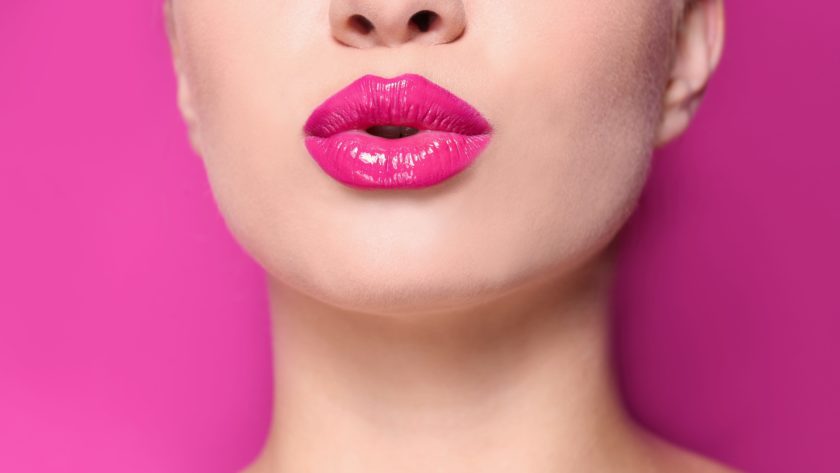UPDATE: The FDA found lead, a neurotoxin, in 397 of the 400 red lipstick samples they tested. Lipsticks were purchased between February and July 2010. Lipsticks included popular brands, such as Cover Girl, L’Oréal, Shiseido, Revlon, Bobbi Brown, Chanel, Estée Lauder, Clinique, Lancôme, and M.A.C. Lead accumulates in the body over time, but the FDA said the lead levels were very small and not a health threat.

Recent studies in developing children though show that lead is dangerous at any level. However, the FDA does not review cosmetic ingredients except for pigments. The Campaign for Safe Cosmetics wants the FDA to force manufacturers to reduce lead to the lowest possible levels.
Lipstick contains over ten times the lead than what the FDA allows in candy which is 0.1 ppm. FDA found lead in all of the lipsticks tested, ranging from 0.03 ppm (M.A.C) to 7.19 ppm (Maybelline owned by L’Oréal) with an average value of 1.11 ppm.
Cosmetic manufacturers said the lead is found naturally in the environment and comes from the raw ingredients they use. Lipsticks that contained the most lead contained 240 times more lead than the ones with the least, so some companies are doing a better job of sourcing their ingredients.
None of the products exceeded the limit of 20 ppm in colors. Levels of 10 micrograms of lead per deciliter can cause brain damage in children according to The Mayo Clinic. Developmental delays, lowered IQ’s, aggression, attention deficits, and learning problems have been linked to lower levels of lead exposure.
![]() Karen’s Fit Tip: Use lip glosses rather than highly pigmented, opaque lipsticks as they generally contained less lead in the tests. If you’re pregnant, avoid the use of lipsticks (and fragrances) as much as possible.
Karen’s Fit Tip: Use lip glosses rather than highly pigmented, opaque lipsticks as they generally contained less lead in the tests. If you’re pregnant, avoid the use of lipsticks (and fragrances) as much as possible.

